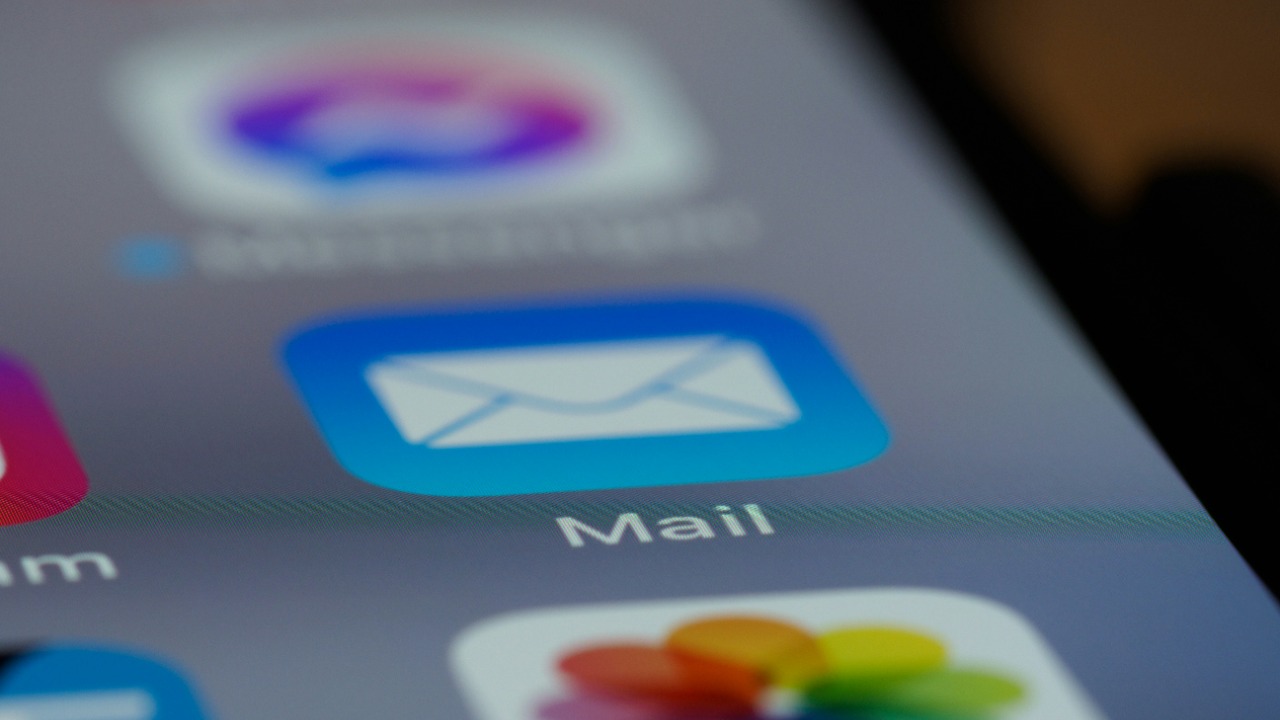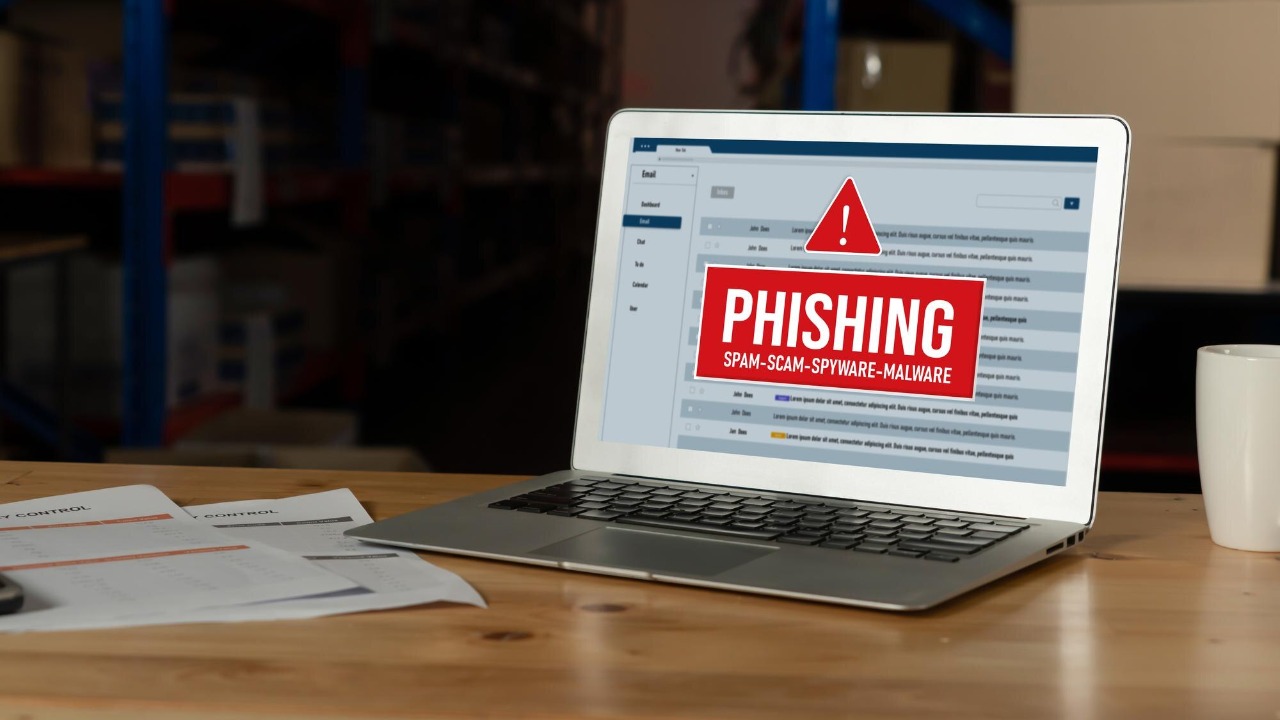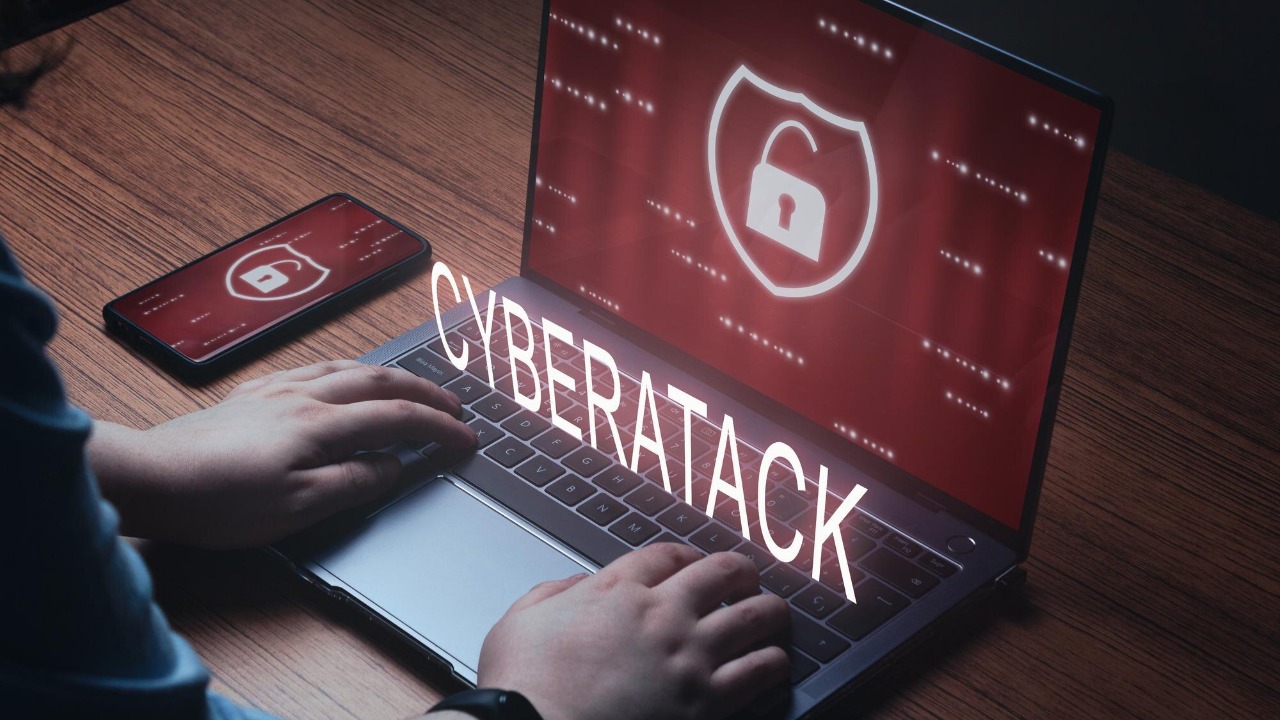
Recent experiments have revealed a surprising vulnerability among digital natives: those engaged in multitasking are significantly more susceptible to phishing emails. Participants in these studies showed a higher error rate in identifying deceptive messages when switching between tasks. This finding challenges the tech-savvy reputation of younger generations, who paradoxically fall for online scams at higher rates than older individuals. Conducted through controlled studies, this research highlights how divided attention impairs critical thinking in cybersecurity contexts, emphasizing the need for heightened awareness and targeted education.
The Science Behind Multitasking and Cognitive Load

Multitasking divides cognitive resources, leading to reduced attention and poorer decision-making in threat detection scenarios. Experiments have shown that when individuals handle multiple digital tasks simultaneously, their ability to identify phishing emails diminishes significantly. This is primarily due to the overload on working memory, which is crucial for processing and evaluating information effectively. In lab-based trials, multitaskers misidentified phishing emails at rates up to 20% higher than those who focused on a single task, underscoring the detrimental impact of cognitive overload on cybersecurity vigilance (Phys.org).
Neurological impacts further explain this vulnerability. Multitasking can delay processing in the brain’s prefrontal cortex, which is essential for decision-making and attention control. This delay was evident in participant response times during simulated email environments, where multitaskers took longer to process and react to potential threats. Such findings highlight the importance of maintaining focused attention to enhance cybersecurity measures, especially in environments where quick and accurate decision-making is critical (TechXplore).
Key Experiments Linking Multitasking to Phishing Vulnerability

The primary experiment involved over 200 participants who were divided into multitasking and single-task groups. These participants evaluated realistic phishing simulations while engaging in secondary activities like browsing or messaging. The results were telling: there was a 15% increase in click-through rates on phishing links among multitaskers, measured during controlled sessions at a university research facility in September 2025. This quantitative data underscores the heightened risk that multitasking poses to cybersecurity, as individuals are more likely to fall for scams when their attention is divided (TechXplore).
Qualitative observations from these experiments also revealed that participants often reported making “rushed” judgments. Eye-tracking data showed that multitaskers frequently skipped over security cues, leading to a higher incidence of errors. These patterns suggest that the fast-paced nature of multitasking can lead to oversight of critical details, further increasing vulnerability to phishing attacks. The implications for cybersecurity are clear: reducing multitasking could significantly enhance an individual’s ability to detect and avoid phishing scams (Phys.org).
The Paradox of Digital Natives and Scam Susceptibility

Despite their reputation for being tech-savvy, younger generations, often labeled as digital natives, exhibit a paradoxical overconfidence in their online abilities. This overconfidence leads to a higher incidence of falling for scams, as they frequently engage in multitasking within their digital lifestyles. A survey conducted in March 2025 indicated that individuals under 30 were 25% more likely to engage with suspicious emails compared to those over 50. This statistic highlights the need for targeted education and awareness campaigns to address the specific vulnerabilities of digital natives (News24).
Real-world examples further illustrate this vulnerability. Social engineering attacks often target multitasking behaviors on platforms like email and social media, exploiting the divided attention of digital natives. These case studies emphasize the importance of developing strategies to mitigate the risks associated with habitual multitasking, particularly among younger generations who are more prone to these types of scams. By understanding the specific challenges faced by digital natives, cybersecurity professionals can develop more effective training and intervention programs (News24).
Practical Implications for Cybersecurity in Daily Life

The implications of these findings extend to everyday cybersecurity practices, particularly in workplace settings. Multitasking, such as checking emails while in meetings, amplifies phishing risks. To counteract this, experts recommend adopting single-task protocols based on experimental outcomes. By focusing on one task at a time, individuals can improve their ability to detect phishing attempts and reduce the likelihood of falling victim to scams (Phys.org).
Generational training needs are also crucial. Digital natives require targeted education on scam recognition to counter their paradox of familiarity breeding complacency. This training should focus on enhancing awareness of phishing tactics and developing strategies to maintain attention while navigating digital environments. Additionally, tech interventions, such as AI-driven email filters that account for user multitasking states, can significantly improve detection rates when attention is undivided. These measures, informed by recent studies, offer promising solutions to enhance cybersecurity resilience in an increasingly digital world (TechXplore).